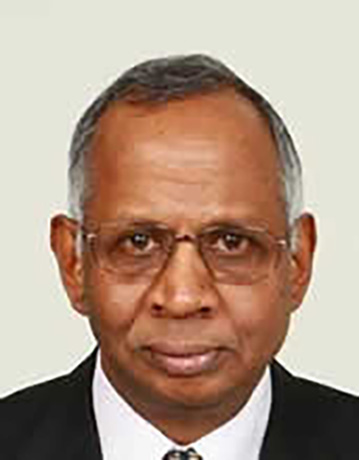Robert Elmer Horton was an American ecologist and soil scientist who is considered to be the father of modern hydrology.
Horton was born in Parma, Michigan in 1875 and he earned his B.S. from Albion College in 1897. After his graduation, he went to work for his uncle in a weir study which he analyzed and summarized.
In 1898, Horton spent eight years with the U.S. Geological Survey before he joined the New York State Barge Canal as an engineer. In 1900 he was appointed district engineer of New York. During his studies of New York streams, he determined that the degree to which rainfall could reach the aquifer depended on a property of the soil called infiltration capacity. He was the first to separate and label the components of the water cycle into infiltration, evaporation, interception, transpiration, overland flow, etc.
Horton's studies of maximum runoff and flood generation are recognized around the world. His concept of maximum possible rainfall in specific regions changed the study of hydrometeorology. His research in overland flow assisted in the understanding of soil erosion and provided a scientific basis for soil conservation efforts.
Horton realized that the physical character of the terrain has a substancial effect in determining runoff patterns. In order to acomplish this, he identified the physical factors affecting runoff and flood discharge. He believed that these factors were drainage, density, channel slope, overland flow length, among others. In addition, Horton began to study a mechanism of "hydrophysical" geomorphology, which he believed better explained his observations.
In 1945, only one month before Horton's death, he published his theory in the Bulletin of the Geological Society of America. There were four laws within his conclusion: the law of stream numbers, the law of stream lengths, the limits of infiltration capacity, and the runoff-detention-storage relation. Therewith, his results showed that the salient factor in aqueous soil erosion is the minimum length of overland flow necessary to produce enough runoff to affect erosion. This final work was the first comprehensive set of mathematical models to link basin hydrology with sediment. Thus, Horton may be consider the founder of modern stream chemistry modeling.
This contribution was written by
Luiza Borba
based on the available online literature.

